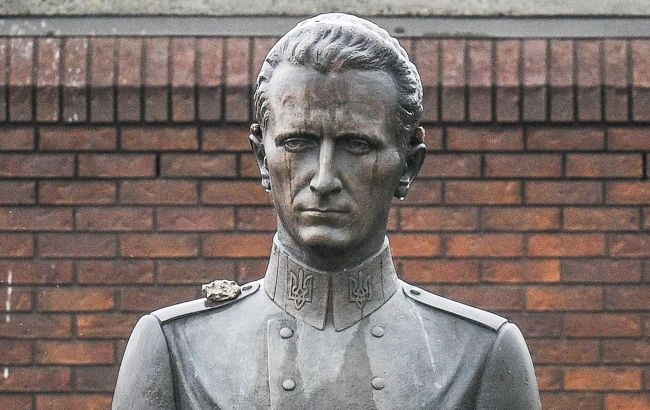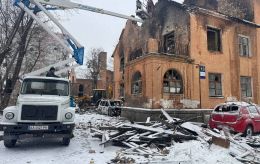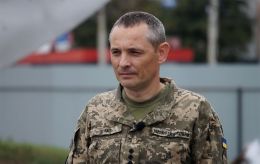More than UPA leader: Untold stories of Roman Shukhevych you didn't learn in school
 Unknown facts from the life of Roman Shukhevych (photo: Getty Images)
Unknown facts from the life of Roman Shukhevych (photo: Getty Images)
Roman Shukhevych is one of the most controversial figures in Ukrainian history. For some, he is a symbol of the struggle for independence; for others, he is a figure surrounded by disputes and shadows. In school textbooks, his image is often presented briefly as the leader of the OUN, commander-in-chief of the UPA, a hero who died in an unequal battle. However, behind these few paragraphs lies a much more complex and multifaceted life story. Here are some facts about Shukhevych that are rarely highlighted in educational programs.
Childhood and education
Roman Shukhevych was born on June 30, 1907, in Lviv, into an educated family. His parents were active participants in Ukrainian cultural life. Even as a child, he stood out not only for his intelligence but also for his athletic abilities and love of music.
In his youth, he studied at the Ukrainian Academic Gymnasium in Lviv and at the Polytechnic Institute in the engineering faculty. His musical talent is rarely mentioned: he studied piano and even performed at concerts.
Athlete and Plast member
Textbooks usually do not mention that Shukhevych was not only a political figure but also an active athlete. He practiced track and field, swimming, and especially gymnastics.
He was also a member of the youth organization Plast, where his character, discipline, and leadership skills were shaped. Plast became a school of civic engagement for the future commander-in-chief of the UPA.
Underground activities and worldview formation
In the 1920s, Shukhevych joined the Ukrainian Military Organization and later became a member of the OUN. At that time, he took part in actions against the Polish authorities, defending the rights of Ukrainians in Galicia. For these activities, he was repeatedly arrested. This period shaped him as a political figure.
World War II
During the war, Shukhevych took part in creating Ukrainian formations aimed at achieving statehood amid the complex confrontation between Nazi Germany and the Soviet Union.
This period of his life remains the most controversial. Both cooperation and conflicts with German authorities are mentioned in the sources.
Commander-in-Chief of UPA
In 1943, Shukhevych became the head of the Ukrainian Insurgent Army. Under his leadership, the UPA became the most organized force of the Ukrainian underground, fighting both the Soviet authorities and the German occupation.
During this time, he was known as "Taras Chuprynka," his underground name. School textbooks often focus the most on this period, but often omit details such as his attention to creating a supply system, education, and discipline within the army.
Final years and death
Shukhevych lived in hiding, constantly changing locations. On March 5, 1950, he was surrounded by MGB troops in the village of Bilohorshcha near Lviv. He died during the battle.
To this day, the location of his burial remains unknown – the Soviet authorities carefully concealed it to prevent it from becoming a memorial site.
Human traits lost in history
Beyond the dry dates and facts, Shukhevych was a father, had a wife, and children. He loved music and sports and was capable of sincere relationships.
This part of his life is usually missing from school materials, yet it helps to understand who he was as a person, not just as a military commander.
Earlier, we shared the facts from Lesya Ukrainka's life that are not taught in school
Sources: Osvita.ua, Istorychna Pravda, Lokalna Istoriya, Argument.

